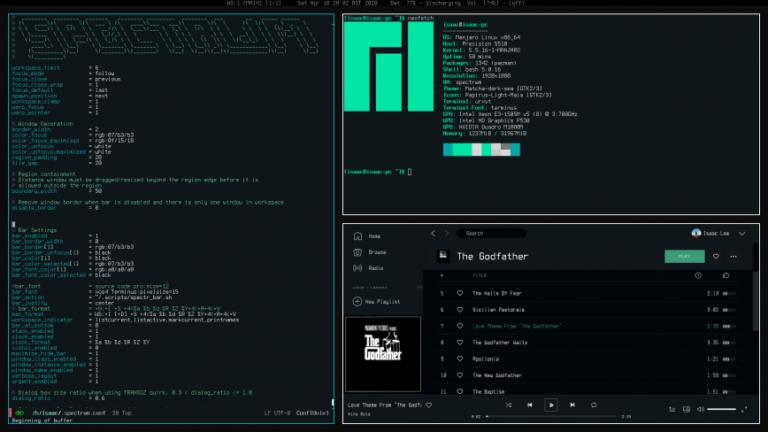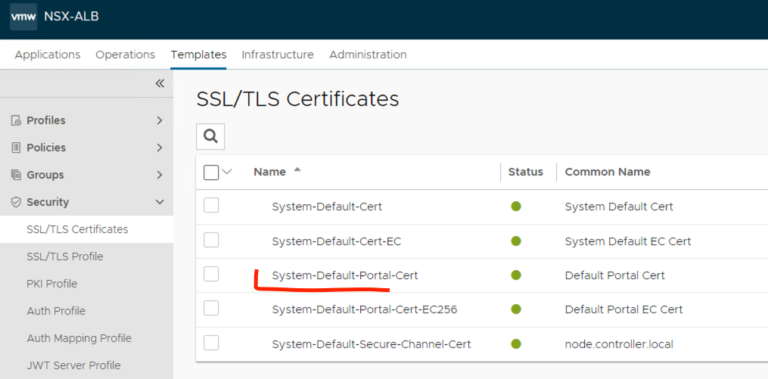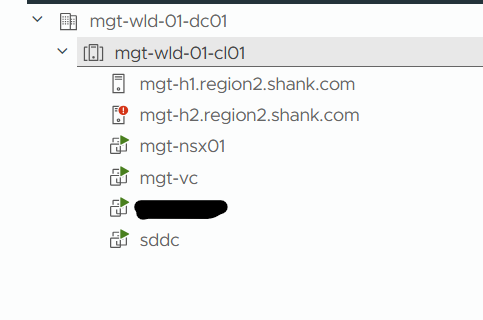
Custom Resource Definitions (CRDs) are the cornerstone of any Kubernetes Operator. They allow you to define custom resources, essentially extending the Kubernetes API with your application-specific configurations. The process begins with designing a CRD schema that outlines the structure of your custom resource, including its properties and types. This schema is written in YAML format and specifies all the configuration options your application can accept.
One of the primary advantages of using Kubernetes Operators is the automation of routine tasks. Operators can automate processes like deployment, configuration, backups, upgrades, failover, and recovery. This automation reduces the risk of human error and frees up valuable time for developers to focus on creating and improving applications, rather than managing them.
On top of that, the automation capabilities of Operators are not limited to just the tasks built into them. Kubernetes Operators can be extended and customized to automate tasks specific to your application or environment. This makes them incredibly flexible and capable of handling a wide range of use cases.
How Kubernetes Operators Work
The Operator SDK provides tools to automate the build and deployment process. You can use the SDK to generate a Dockerfile for your Operator, build the container image, and push it to a registry. Then, you use the SDK to generate deployment manifests, including the Operator’s Deployment, RBAC permissions, and any other necessary Kubernetes resources.
The Operator should also implement error handling and retries for failed operations. Kubernetes environments are inherently unreliable, and your Operator should be robust enough to handle transient failures by retrying operations or rolling back changes if necessary.
You write this logic in the Operator’s controller. The controller is a loop that continuously watches for changes in your custom resources. When a change is detected, the controller reads the current state of the resource, compares it to the desired state, and executes the necessary actions to reconcile the two. This may involve creating, updating, or deleting Kubernetes resources like Pods, Services, or Persistent Volumes.
Benefits of Using Kubernetes Operators
Automated Management
Implementing the Operator logic involves coding the behaviors that your Operator will perform to manage your application. This typically involves watching for events related to your custom resources, then reacting accordingly to ensure the application’s state matches the desired state specified in the resources.
Firstly, limit the permissions of your Operator. It should only have the necessary permissions to perform its tasks and nothing more. This follows the principle of least privilege, which reduces the risk of security breaches.
Stateful Application Management
By Gilad David Maayan
Once your Operator logic is implemented, the next step is to package and distribute it for use with Kubernetes clusters. This involves building a container image for your Operator, pushing it to a container registry, and creating a set of manifests for deploying the Operator.
Self-Healing Systems
Before you start coding, take some time to design your Operator. Think about the resources it needs to manage and how it should react to changes in those resources. This will help you avoid common pitfalls and save you a lot of time and frustration.
Performance tuning is also important to ensure your Operator is running at its best. This involves optimizing your Operator for performance and scalability.
Steps Involved in Creating an Kubernetes Operator
Define Custom Resource Definitions (CRDs)
The communication between Kubernetes Operators and the applications they manage is bidirectional. Not only does the Operator react to changes to the application’s state, but it also modifies the state of the application. For example, if a node running a component of the application goes down, the Operator will detect this and start a new node elsewhere in the cluster.
Setting up the Operator SDK is a critical step in creating Kubernetes Operators. The Operator SDK simplifies the process of building, testing, and packaging Operators. To get started, you need to install the SDK on your development machine. This typically involves downloading the SDK binary from the official GitHub repository and adding it to your PATH.
Set Up the Operator SDK
Monitoring is crucial to ensure your Operator is running smoothly and efficiently. Use monitoring tools to track the performance of your Operator and identify any potential issues.
Operators follow Kubernetes principles, notably, the control loop. This allows Kubernetes features to be extended with custom resources. Kubernetes Operators are essentially clients of the Kubernetes API. They act on your behalf to perform tasks, which can range from a simple task like restarting a service to a complex task like upgrading a distributed system.
Implement the Operator Logic
As with any new technology, it’s always a good idea to start simple when creating Kubernetes Operators. Start by creating an Operator for a simple, stateless application. This will give you a good understanding of the basics and make it easier to tackle more complex applications later.
In conclusion, Kubernetes Operators are powerful tools that can simplify the management of complex applications on Kubernetes. By following the tips and guidelines in this article, you can create robust, efficient, and secure Operators. Remember to start simple, focus on security, and continuously monitor and tune your Operator’s performance.
Handle State and Events
Once installed, you can create a new Operator project using the SDK’s CLI. This process generates a scaffold of directories and files necessary for developing your Operator. It includes the basic structure for your Operator’s logic, along with build scripts and manifests for deploying the Operator to a Kubernetes cluster. The SDK also provides tools for generating CRD manifests based on the Go types defined in your project.
Kubernetes Operators are built on the concept of custom resources and custom controllers within Kubernetes. A custom resource is an extension of the Kubernetes API that stores a configuration for a complex application. A custom controller is a software loop that watches the state of your cluster, then makes or requests changes where needed. Together, the custom resource and custom controller form a fully functioning Operator.
Operators provide high-level APIs that abstract away the complexities of stateful applications. These APIs express the desired state of the application, and the Operator takes care of ensuring that the current state matches the desired state. This means you can manage stateful applications as easily as you would manage stateless applications in Kubernetes.
Package and Distribute the Operator
Next, ensure your Operator is running in a secure environment. Use Kubernetes security features like Network Policies, Pod Security Policies, and Role-Based Access Control to restrict access to your Operator and protect it from attacks.
Operators are deployed in a Kubernetes cluster where they run as a standalone application. They monitor custom resources to manage the application and its components. When a custom resource is added to the cluster, the operator sees the new resource and reacts to it.
To distribute your Operator, you can publish the container image to a public or private container registry and share the deployment manifests with users. Alternatively, you can distribute your Operator through Operator Lifecycle Manager (OLM), which provides a more streamlined installation and update process for Operators on Kubernetes.
Tips for Using Kubernetes Operators
Start Simple
This self-healing capability not only minimizes downtime but also reduces the need for manual intervention. This means that your applications become more resilient and your team can focus on more strategic tasks.
Your Operator should be designed to be idempotent, meaning it can handle being triggered multiple times for the same state without causing unintended consequences. This is important for maintaining the integrity of the application state within a dynamic Kubernetes environment.
Focus on Security
Managing stateful applications can be a complex task. These applications require persistent storage and often have specific scaling requirements. Kubernetes Operators are designed to handle these complexities.
Kubernetes Operators are designed to handle stateful applications, which require some form of persistent storage and have unique scaling requirements. They work by extending the Kubernetes API and the Kubernetes control plane, allowing them to manage the lifecycle of complex applications and systems.
Security should be a top priority when creating Kubernetes Operators. Make sure to follow best practices and guidelines to ensure your Operator is secure.
Monitor and Tune Performance
Handling state and events is crucial for ensuring that your Operator can manage the lifecycle of your application effectively. This involves writing logic to manage different states of the application and handle events such as creation, update, or deletion of resources.
Operators constantly monitor the state of the applications they manage and take corrective action whenever the current state deviates from the desired state. This could include restarting failed services, rebalancing data, or even performing complex recovery processes.
You can use tools like Prometheus and Grafana to monitor your Operator and visualize its performance data. These tools can provide valuable insights into your Operator’s performance and help you identify areas for improvement.
The creation of CRDs involves specifying the API group, version, and kind for your custom resource, followed by defining its attributes in the spec section. These attributes represent the desired state of your application or component managed by the Operator. Once defined, you apply the CRD to your Kubernetes cluster using the kubectl apply -f command with your CRD YAML file. This registers your custom resource within the cluster’s API, making it available for use.
A Kubernetes Operator is a method of packaging, deploying, and managing a Kubernetes application. Conceptually, an Operator takes human operational knowledge and encodes it into software that is packaged with the application. This could include how to deploy a complex application, how to handle failing nodes or persistent storage, and how to upgrade an application without causing downtime.





